Picking Pecans: How And When To Harvest Pecans
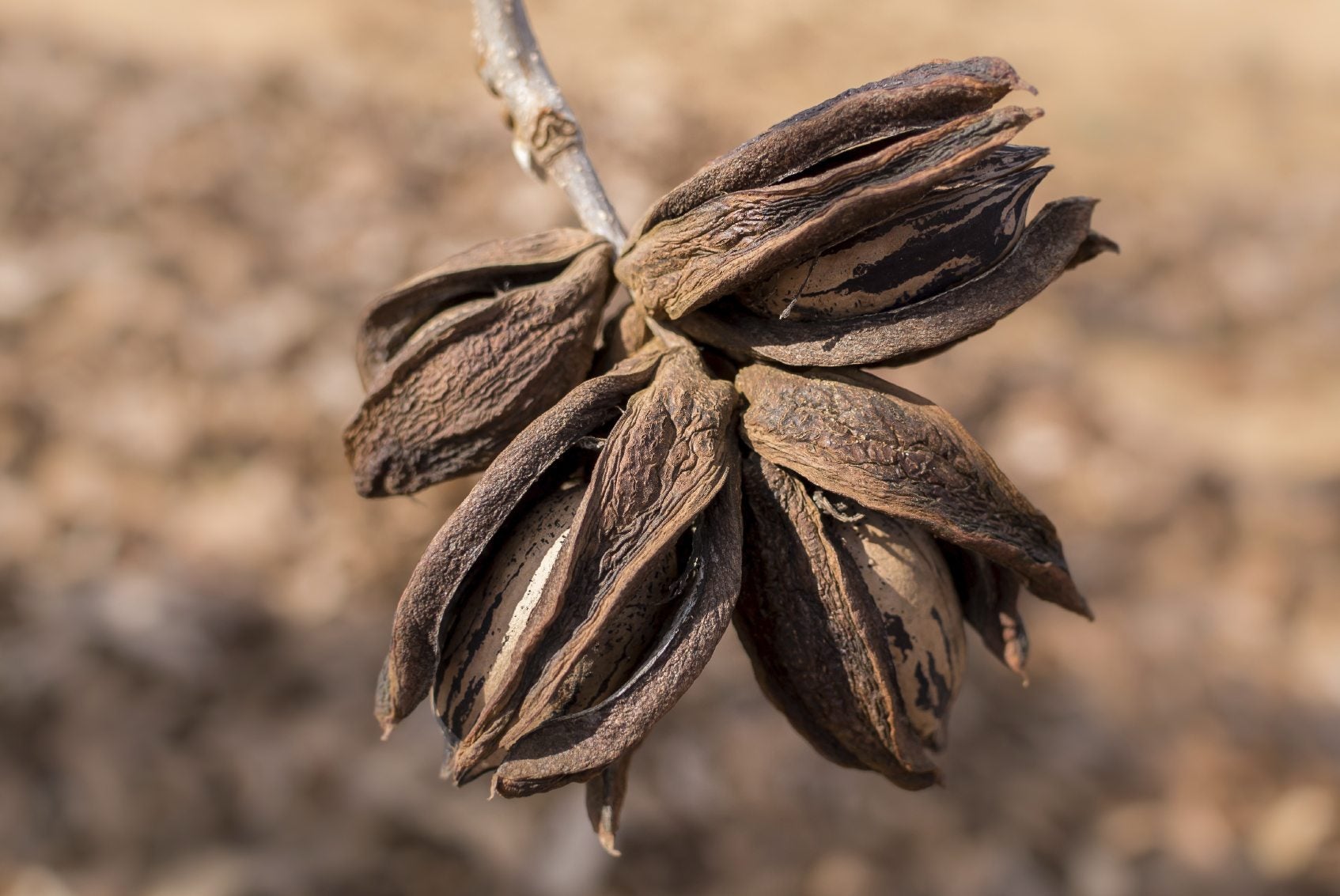
If you’re nuts about nuts and you reside in U.S. Department of Agriculture zones 5 through 9, then you may be lucky enough to have access to picking pecans. The question is when is it time to harvest pecans? Read on to find out how to harvest pecan nuts.
When to Harvest Pecans
Statuesque and stately pecan trees begin to shed their nuts in the fall, prior to leaf drop. Depending upon the variety and climate, harvesting pecan trees takes place from late September through November. Before the nuts begin to drop, they look nothing like the finished product – light brown, dark-striped nuts. The nut forms inside a green husk that gradually browns as it dries and the nut matures. As the pecans mature, the husks begin to crack open, indicating the readiness of picking pecans. This indication is a beautiful thing for those of us that dislike heights. There is no need to climb the tree to check on the readiness of the nuts. Once the pecans are fully mature, they drop out of the husks and to the ground. This fact leads to the question of whether it is okay to harvest pecans early. Early is a relative term. The pecan husks must at least be cracking open, but yes, if you want to climb the tree and remove those that appear ready, by all means, do so. A proactive approach, such as picking from the tree, will alleviate the possibility that they lay on the ground too long. If pecans are left to linger on the ground, especially wet ground, the possibility that they may begin to rot or are carted off by birds or other wildlife increases. Once the pecans fall from the tree, provided the ground is dry, they begin to dry and cure which improves their quality. Curing increases the flavor, texture, and aroma of pecans. Wet ground darkens the seed coat and increases the fatty acid levels, leading to rancid and stale nuts. If you have an unusually warm fall, hulls can be removed from the nuts before the shells are completely brown, but it's wise to delay harvesting the pecans until the shell is fully brown to ensure that the nut is fully developed.
How to Harvest Pecan Trees
Harvesting pecans is, of course, incredibly simple if they are allowed to drop from the tree naturally. You can also encourage the nuts to drop by knocking them from the tree with a long pole or shaking the branches. The key to harvesting pecans from the ground is to pick them up as soon as possible or you are just asking for assault from ants, birds, and molds. For the most part, the hulls will drop from the pecans or remain in the tree. Some hulls (shucks) may remain stuck to the nuts, in which case they will need to be hulled. If there are many nuts with tightly stuck hulls, chances are good the nuts are not fully ripe. Once the pecans have been harvested, they need to be dried or cured before storing them. Dry them slowly-- spread out in a thin layer on a plastic sheet in an area of low light and circulating air. Stir the nuts around often to hasten the drying process and consider blowing a fan across the nuts. Depending upon conditions, drying will take between two and ten days. A properly dried pecan will have a brittle kernel and should separate easily from its exterior. Once the pecans are dried, you can extend their shelf life by refrigerating or freezing them. Whole pecans (in the shell) will store much longer than shelled nuts. Whole kernels can be stored for a year at 32 to 45 degrees F. (0-7 C.) or for two or more years at 0 degrees F. (-17 C.). Shelled pecans can be stored for a year at 32 degrees F. (0 C.) or for two or more years at 0 degrees F. (-17 C.).
Gardening tips, videos, info and more delivered right to your inbox!
Sign up for the Gardening Know How newsletter today and receive a free copy of our e-book "How to Grow Delicious Tomatoes".

Amy Grant has been gardening for 30 years and writing for 15. A professional chef and caterer, Amy's area of expertise is culinary gardening.
-
 Looking For Plants To Give You The Soft And Fuzzies? Try These 5 Fuzzy Leaf Plant Options
Looking For Plants To Give You The Soft And Fuzzies? Try These 5 Fuzzy Leaf Plant OptionsLovers of texture, drama, silver foliage and tactile plants will adore these special sensory garden additions. These fuzzy leaf plant options will leave you all aglow
By Susan Albert
-
 Get Ready For A Summer Of Hummers! Grow These Full Sun Hummingbird Plants and Flowers
Get Ready For A Summer Of Hummers! Grow These Full Sun Hummingbird Plants and FlowersIf you’re lucky enough to enjoy a sunny backyard, make sure you are maxing out on your pollinator opportunities and grow these full sun hummingbird plants and flowers
By Tonya Barnett
-
 From Harvest To Table: How To Make The Perfect Pecan Pie
From Harvest To Table: How To Make The Perfect Pecan PieFall is pecan harvest time, which means it’s also time for the perfect pecan pie recipe. Read on for more.
By Amy Grant
-
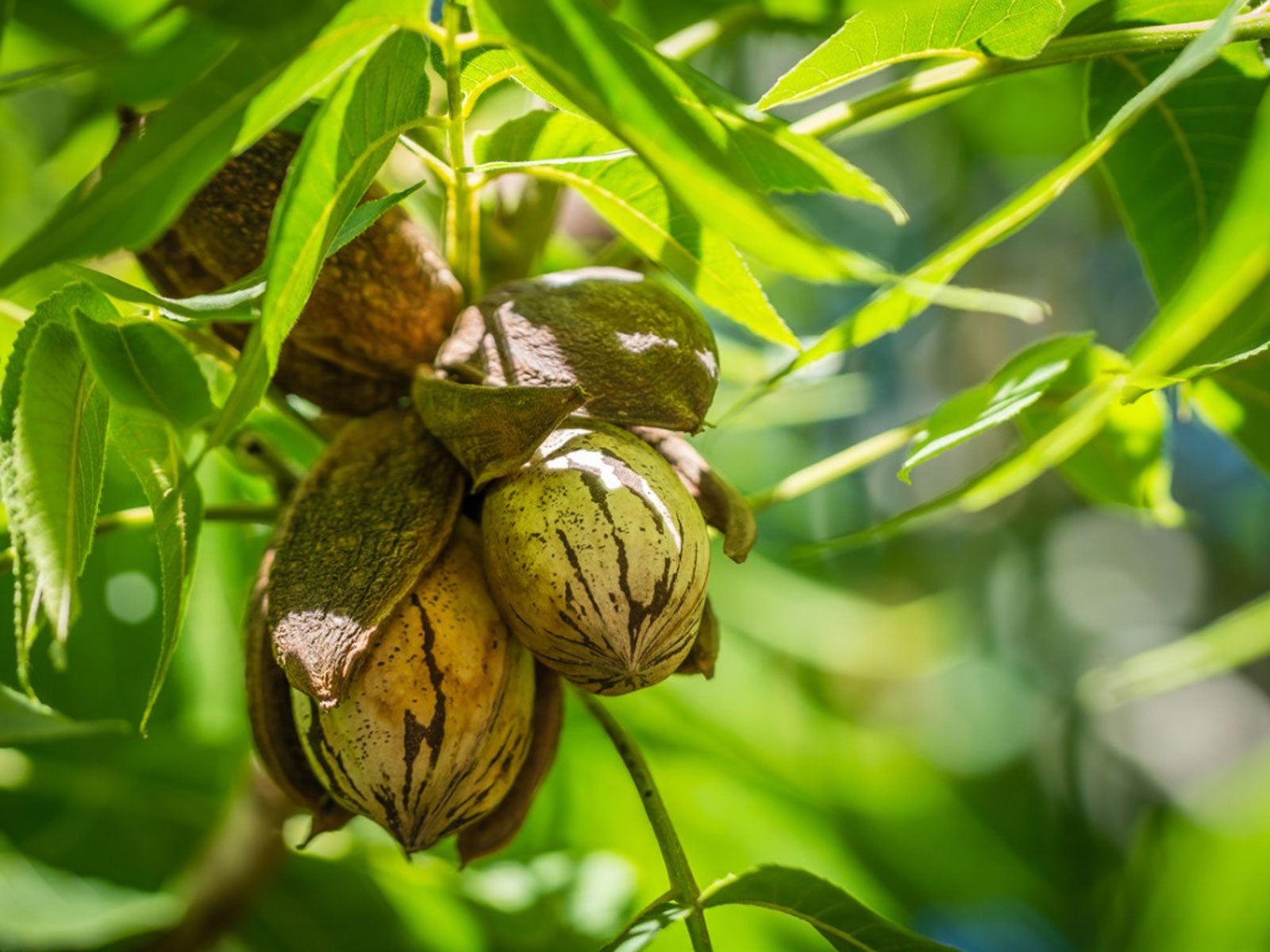 Root Pecan Cuttings – Can You Grow Pecans From Cuttings
Root Pecan Cuttings – Can You Grow Pecans From CuttingsPecans are delicious, so much so that if you have a mature tree, your neighbors are likely envious. You may want to root pecan cuttings in order to grow a few trees for gifting. Will pecans grow from cuttings though? Click here for info on pecan cutting propagation.
By Teo Spengler
-
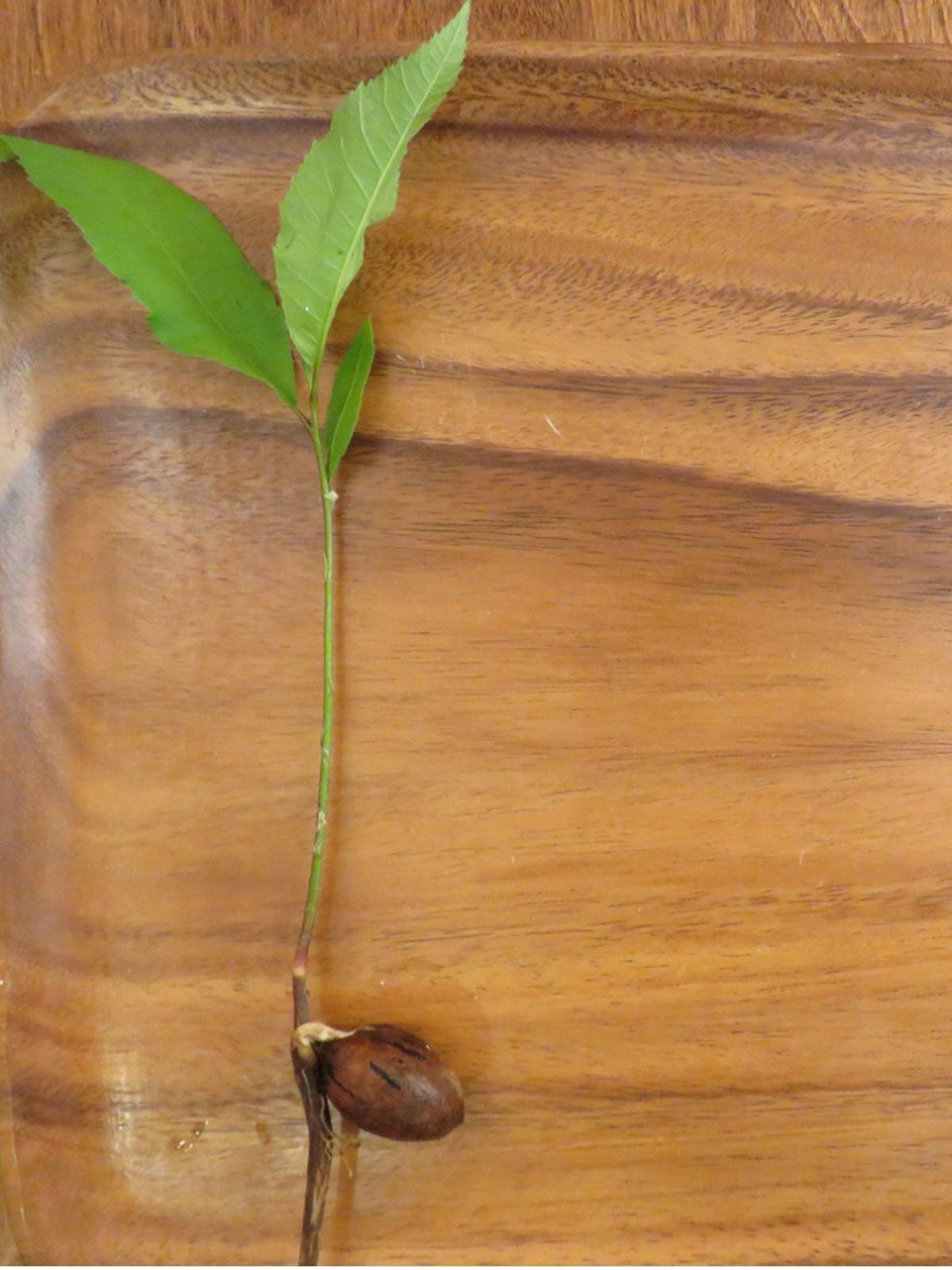 How To Plant Pecans: Learn About Sowing Pecan Seeds
How To Plant Pecans: Learn About Sowing Pecan SeedsGrowing pecans from seed is not as simple as it sounds. Sowing pecan seeds is only one step in a complex process of growing a nut producing tree. Can you plant a pecan seed? Click here to find out and get tips on how to plant pecans and pecan seed germination.
By Teo Spengler
-
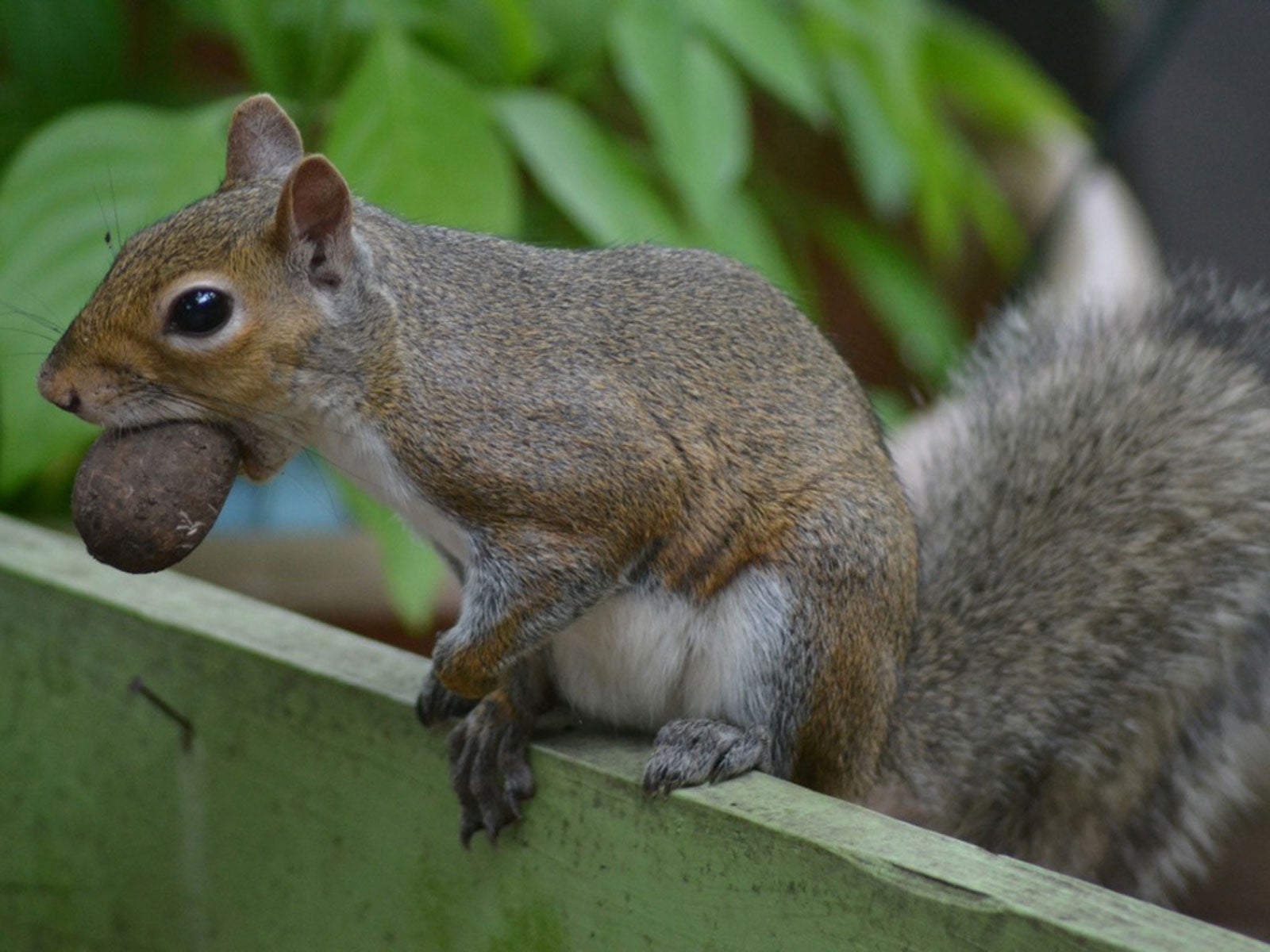 Help, Pecans Are Gone: What’s Eating My Pecans Off The Tree
Help, Pecans Are Gone: What’s Eating My Pecans Off The TreeIt’s definitely unpleasant to walk outside to admire your pecan tree and find half your nuts are gone! You may begin to wonder what could be eating your pecans. Click this article for ideas on different pests that eat pecans so you can save more of the tasty nuts for yourself.
By Teo Spengler
-
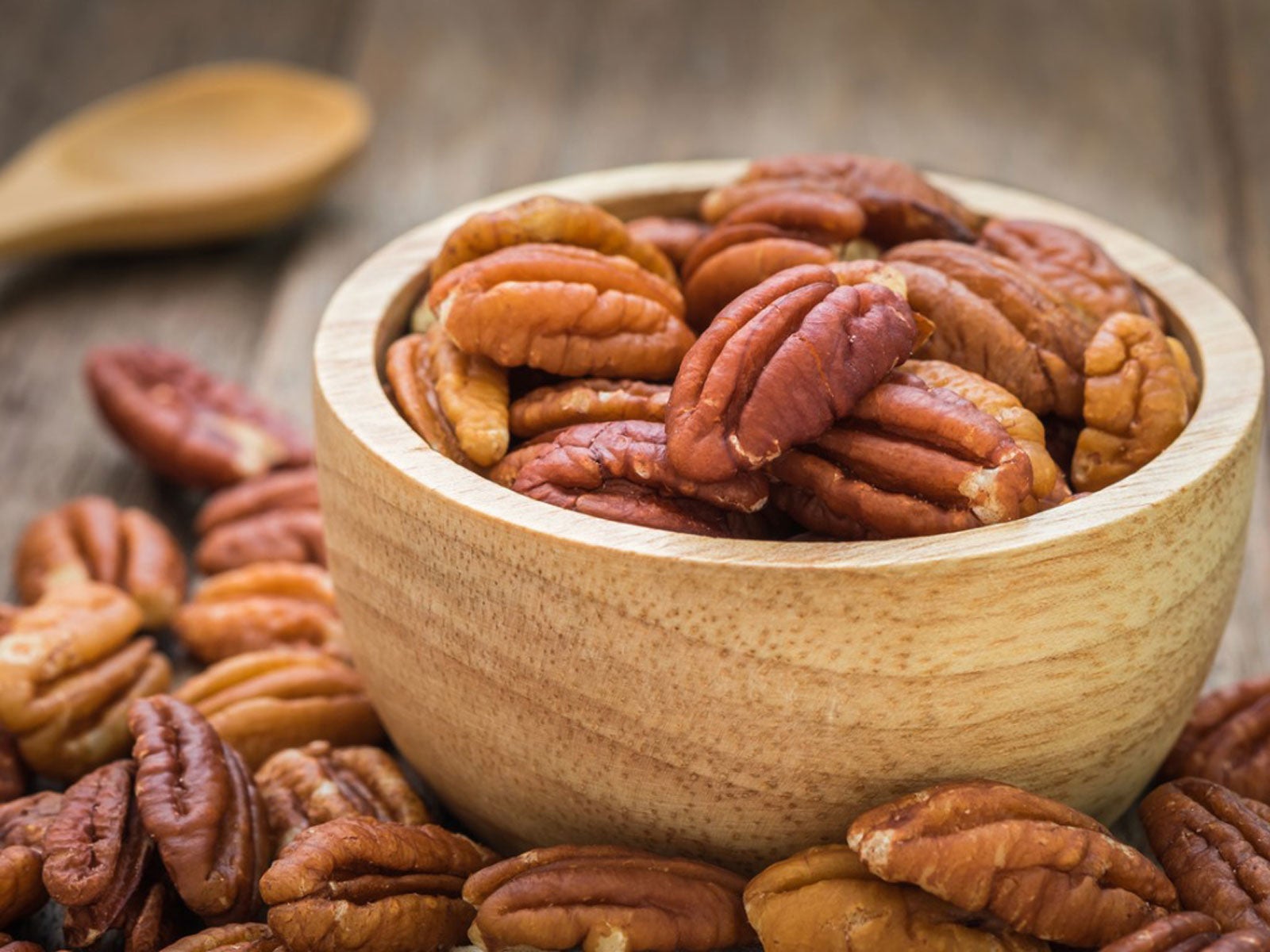 Using Pecans In The Kitchen: What To Do With Pecans
Using Pecans In The Kitchen: What To Do With PecansWith such a large quantity of nut production, one might wonder what to do with pecans. Cooking with pecans is the most common of uses, but there are other ways of using pecans. If you are lucky enough to have access to a pecan tree, learn how to use pecans here.
By Amy Grant
-
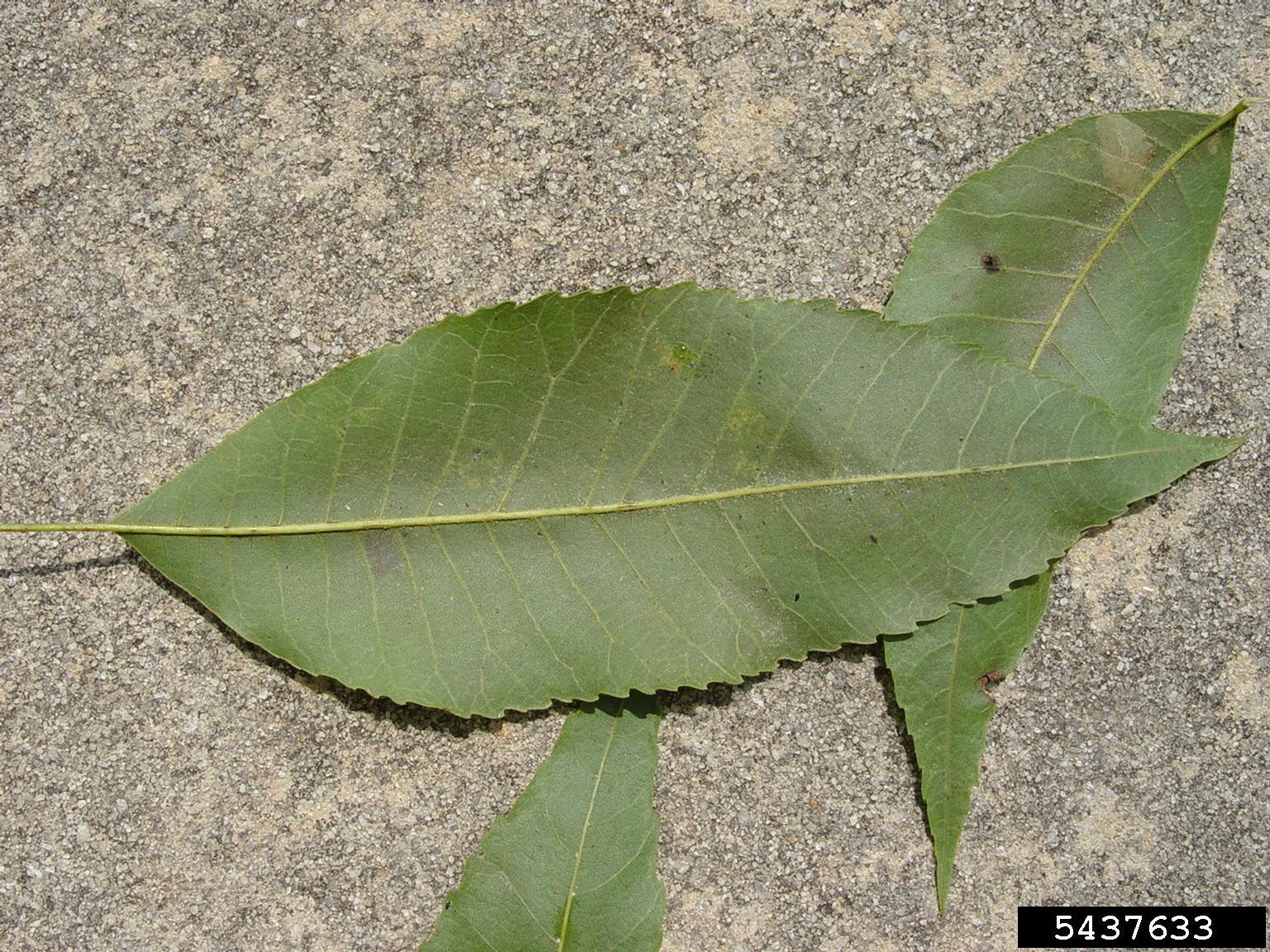 Pecan Bacterial Leaf Scorch: Treating Bacterial Leaf Scorch Of Pecans
Pecan Bacterial Leaf Scorch: Treating Bacterial Leaf Scorch Of PecansWhile pecan bacterial leaf scorch (PBLS) does not kill pecan trees, it can result in significant losses. The following article discusses the symptoms and treatment for a pecan tree with bacterial leaf scorch. Click here for more information.
By Amy Grant
-
Pecan Downy Spot Control – How To Treat Downy Spot Of Pecans
Downy spot of pecans is a fungal disease affects the overall vigor of the tree, thus pecan downy spot control is integral to its health. The following article contains information on pecan downy spot symptoms and tips for treating a pecan tree with downy spot.
By Amy Grant
-
Pecan Vein Spot Control – Learn About Pecan Vein Spot Disease
Pecan vein spot disease is caused by the fungus Gnomonia nerviseda. The disease does not appear on shoots or nuts, only foliage and only in pecan trees. The good news is that the disease is infrequent, causes little crop loss and can be prevented. This article will help.
By Bonnie L. Grant